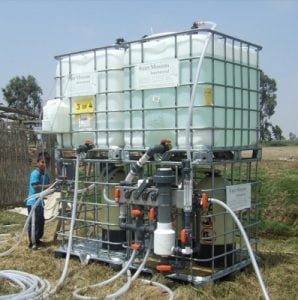
Agriculture
November 9, 2023
Living Water Treatment Systems
Read SolutionImplemented by
Water Missions

Updated on November 9, 2023
·Created on July 15, 2016
A Decentralised Wastewater System (DEWATS) refers to a decentralized, community-level wastewater treatment technology.
DEWATS is a technical approach to decentralized wastewater treatment in developing communities. The passive design uses physical and biological treatment mechanisms such as sedimentation, floatation, aerobic and anaerobic treatment to treat both domestic and industrial wastewater sources. DEWATS is designed to be affordable, low maintenance, use local materials, and meet environmental laws and regulations. DEWATS has service packages available for the sanitation needs of small and medium-sized enterprises including communities, schools, municipalities, agro-industry, emergency settlements, hospitals, hotels, and prisons.
Market Suggested Retail Price
$50,000.00
Target Users (Target Impact Group)
Distributors / Implementing Organizations
This solution is implemented by Bremen Overseas Research & Development Association (BORDA)
Manufacturing/Building Method
All materials used for construction are locally available.
Intellectural Property Type
Open Source
User Provision Model
Users can contact BORDA for information on service packages offered for DEWAT solutions.
Distributions to Date Status
As of 2017, more than 750 DEWATS plants were currently operating.
Design Specifications
The DEWAT functions as follows: 1. Primary treatment involving sedimentation and flotation 2. Secondary anaerobic treatment in fixed-bed reactors: baffled upstream reactors or anaerobic filters 3. Tertiary aerobic treatment in sub-surface flow filters 4. Tertiary aerobic treatment in polishing ponds 5. Systems can be designed to handle organic wastewater flows from 1-1000 m3 per day 6. Systems are built to be tolerant towards fluctuations in loads
Technical Support
Experienced DEWATS experts facilitate comprehensive training programs for qualified staff of partner organizations and take on a supervisory role during the initial technical implementations.
Replacement Components
Unknown
Lifecycle
Unknown
Manufacturer Specified Performance Parameters
Performance targets for DEWAT technologies are targeted at achieving the following advantages: 1. Providing treatment for domestic and industrial wastewater 2. Low primary investment costs as no imports are needed 3. Efficient treatment of daily wastewater flows up to 1000 m3 4. Modular design of all components 5. Tolerant towards inflow fluctuations 6. Reliable and long-lasting construction design 7. Expensive and sophisticated maintenance not required 8. Low maintenance costs
Vetted Performance Status
Testing performed to assess the average removal efficiencies for a DEWATS facility in Nepal consisting of an Anaerobic Baffled Reactor and Constructed Wetland: 96% TSS, 90% BOD, 90% COD, 70% NH4-N, 26% Total P, and 98% FC.
Safety
Sludge must be handled, treated and disposed of in accordance with hygiene and environmental standards.
Complementary Technical Systems
DEWATS technical layouts can be optimized to provide a renewable energy source in the form of biogas.
Academic Research and References
Cardona, J., et al., 2010, DEWATS Capacity Building for Primary Schools in Jordan and Palestine, Water Practice and Technology, 5 (4).
Kerstens, K.M., et al., 2012, Evaluation of DEWATS in Java, Indonesia, Journal of Water, Sanitation and Hygiene for Development, 2 (4), pp. 254–265.
Reynaud, N., Buckley, C., 2015, Field-data on parameters relevant for design, operation and monitoring of communal decentralized wastewater treatment systems (DEWATS), Water Practice and Technology, 10 (4), pp. 787–798.
Singh, S., et al., 2009, Performance of an anaerobic baffled reactor and hybrid constructed wetland treating high-strength wastewater in Nepal—A model for DEWATS, Ecological Engineering, 35 (5), pp. 654-660.
Compliance with regulations
Regulations vary by project location. A case study in Indonesia revealed over 90% of systems tested complied with Indonesian environmental regulations of BOD effluent less than 100 mg/L.
Other Information
None

Agriculture
November 9, 2023
Implemented by
Water Missions

Agriculture
November 9, 2023
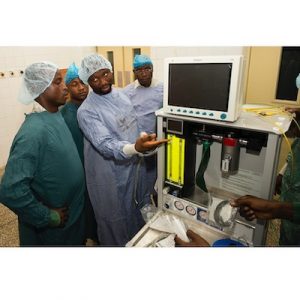
Agriculture
November 9, 2023

Agriculture
November 9, 2023
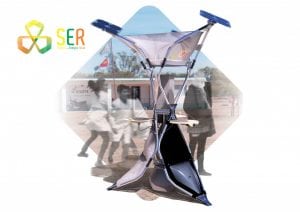
Agriculture
November 9, 2023
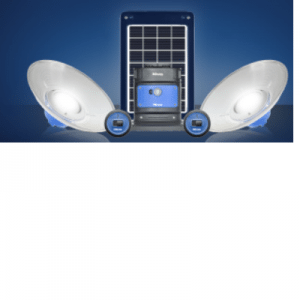
Agriculture
November 9, 2023

Agriculture
November 9, 2023
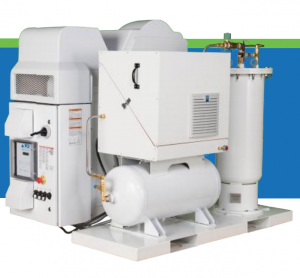
Agriculture
November 9, 2023
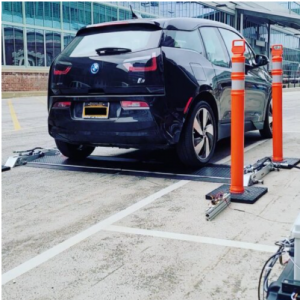
Agriculture
November 9, 2023
Agriculture
November 9, 2023
Have thoughts on how we can improve?
Give Us Feedback
Emily says:
$600 is for the entire system. Unclear how many toilets can share a single biodigester. This price isn’t actually per toilet
Emily says:
They do not yet process the waste into energy or fertilizer. The municipal waste treatment facility discharges the treated wastewater into the river.